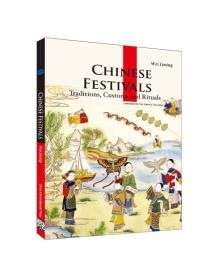
新版人文中国-中国节日(英)
¥ 46 5.1折 ¥ 90 全新
仅1件
广东广州
认证卖家担保交易快速发货售后保障
作者韦黎明 著
出版社五洲传播出版社
出版时间2016-05
版次3
装帧平装
货号48024467
上书时间2024-11-28
- 最新上架
商品详情
- 品相描述:全新
图书标准信息
- 作者 韦黎明 著
- 出版社 五洲传播出版社
- 出版时间 2016-05
- 版次 3
- ISBN 9787508533858
- 定价 90.00元
- 装帧 平装
- 开本 16开
- 纸张 胶版纸
- 页数 141页
- 正文语种 英语
- 丛书 新版人文中国系列
- 【内容简介】
-
本书简介中国的节日。节日是中华民族精神和情感的重要载体。节日文化深深扎根于民众之中,具有强盛鲜活的生命力,历经岁月的变迁,逐渐成为中华民族灿烂文化的一份珍贵遗产。一些重大的传统节日,尤其是春节、清明节、端午节、中秋节等,仍在民间广泛沿袭。中国的法定节日有元旦、“三八”妇女节、植树节、“五一”国际劳动节、“五四”青年节、“六一”国际儿童节、“八一”建军节、教师节、国庆节等。中国民族众多,各少数民族年节习俗丰富多彩,如藏族的藏历新年、“雪顿节”,维吾尔等族的“开斋节”、“古尔邦节”,蒙古族的“那达慕大会”,傣族的“泼水节”,彝族的“火把节”等。
Festivals are the carrier of the national soul and sentiment o f the Chinese people, and are also the essence of the national affinity and cohesion. The culture of festivals roots deeply in the people, and it thus shows its enormous vitality. In spite of the change of times, it has gradually become part of the heritages of the colorful Chinese culture. Some important ones, the four major festivals (the Spring Festival, Pure Brightness Festival, Dragon Boat Festival and Mid- Autumn Festival) in particular, are still widely celebrated among people. China's statutory festivals and memorial days include New Year's Day, Women's Day, Tree-planting Day, Labor Day, Youth Day, Children's Day, Army's Day, Teachers' Day and National Day, and etc. Minority people in China boast various festivals and almost every nationality has her own major festivals. Typical examples are the Tibetan New Year Festival, Water-Splashing Festival for Dai people, and Torch Festival for Yi People, the Singing Carnival for Zhuang people and Nadam Fair for Mongolian people.
- 【作者简介】
- Wei Liming was born in Beijing in 1950. Sheworked in the Institute of Biophysics of ChineseAcademy of Sciences and Beijing Reviewmagazine in succession. Her works (includingthose in collaboration with other people) mainlyinclude: China's Ancient Civilization and theWorld, Painting in China, Silk in China, NewArchaeological Discoveries in Recent Five Yearsin China, and Wushu in China, etc.
- 【目录】
-
Introduction
Traditional Festivals
Statutory Festivals
Festivals of the Minorities
Appendix:Chronological Table of the Chinese Dynasties
点击展开
点击收起
— 没有更多了 —

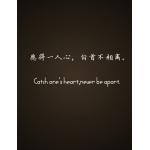

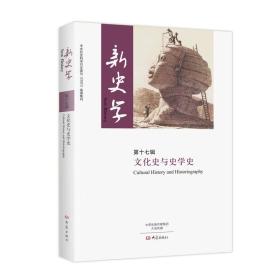
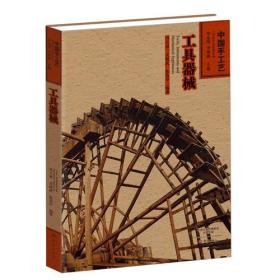

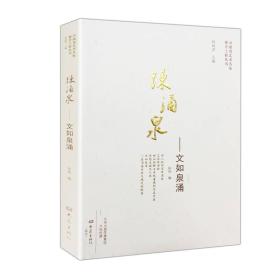

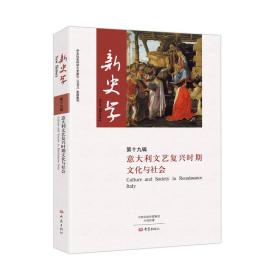

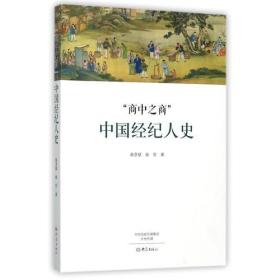

以下为对购买帮助不大的评价